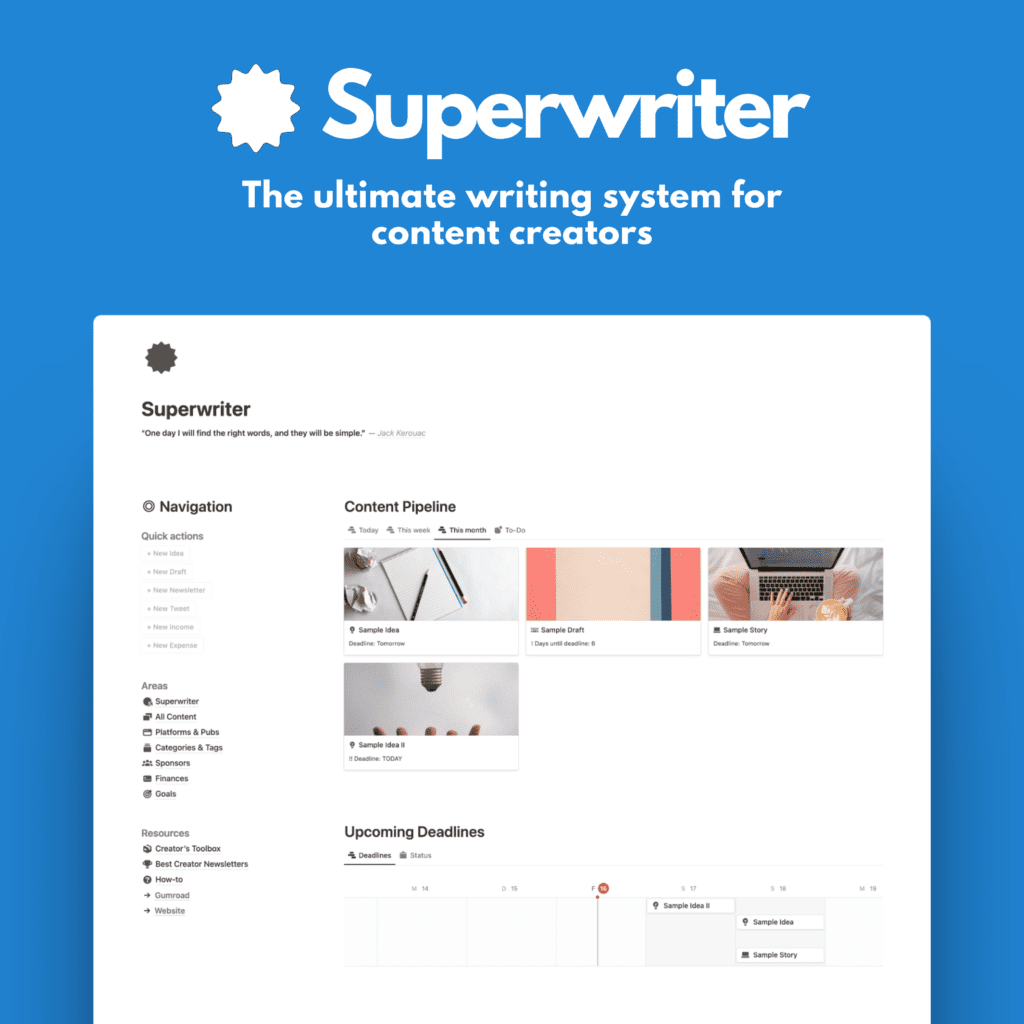It’s 2024 and Medium is still the hottest blogging platform online.
But we can’t forget — Medium is a members-only club.
That shiny paywall keeps loads of potential readers out in the cold, unable to read our stellar content just because they don’t want to cough up the $5 monthly cover charge.
Such a bummer for so many reasons:
- You worked hard on an amazing piece and all those folks are missing out.
- You’re promoting a special offer or your new newsletter in that post – and they can’t get to it.
- You beg readers to follow you on social media at the end – and they never make it that far.
This is where my sneaky 3-way Medium redirect scheme comes into play!
Let’s break it down.
First, Why Bother Redirecting?
Look, I get it. Medium needs paying members to keep the lights on. Writers get paid when members read their stuff — seems fair.
The best way to grow your Medium audience is absolutely to convert more non-paying readers into full members.
But not every potential reader can or will convert. Five bucks a month or fifty a year is just not in the cards for some folks.
You’d still love those external eyeballs on your content, though, right? More readers mean more chances to promote your other stuff.
I know I want that external traffic!
Here’s where strategically redirecting readers comes into play.
By redirecting, I mean gently steering non-members who land on your Medium post over to a free, full version of that same piece of content hosted elsewhere.
Let’s look at the three redirect options I use to make sure my content gets the maximum possible reach!
Redirect Tactic #1: The Invisible Redirect
You can’t actively redirect people away from Medium. No custom code or modding allowed! Honestly that’s probably for the best.
But for visitors coming from search engines and links, you can add an invisible redirect using the “canonical URL” option.
Here’s how it works:
The canonical URL lets you input the original source of a post – like your own blog, newsletter, or social media. This tells search engines that your Medium article is a re-published version.
Now when people find your post in Google, search engines should point them to the free original instead of the Medium paywalled one.
Pros:
- Avoids duplicate content penalties since you’re signaling that you own both versions.
- External readers find the free version you want them to read.
Cons:
- Your original site probably has lower domain authority than Medium, meaning fewer searches will surface your content overall.
- Paying Medium members might read the free version instead of the one that pays you.
I only use this method sparingly for posts with high external traffic and low member reads. Redirect tactic #2 is often more effective!
Redirect Tactic #2: The Indirect Redirect
Remember, we can’t actively redirect people away from Medium. But! We can suggest it pretty strongly with a strategic call-to-action.
For example:
“Not a Medium member? Read this post in full for free here!”
Then link “here” to the full free version hosted on your own site. I use my WordPress blog for this.

It leaves readers the option to continue on Medium as a member or free user. But provides an obvious alternative for those who hit the paywall.
Where should you link for the free version?
- Your own blog or website — this is what I do most frequently.
- A site like Vocal that pays for all reads, including external. Get paid for traffic that Medium misses!
- Directly to your email newsletter if it lives online, like on Substack. Gain subscribers!
- Social media posts if you publish full articles there. Grow your following!
Just make sure the redirect destination actually contains the full piece, not just a snippet.
Overall, this method reliably funnels external readers to a free version that still benefits you in some way. But tactic #3 might be best of all!
Redirect Tactic #3: The Friendly Redirect
This one is pretty sweet because it doesn’t involve a second platform.
Stay with me.
You know Medium gives each story a special “friend link” — right? This link lets ANYONE read your story for free, whether they’re a member or not.
The crazy part? If a paying member uses your friend link, you still get paid for their read!
Yes, it’s that genius!
So for the CTA, I link to the same exact Medium post but with the friend URL:
“Not a member? Read for free here!“
Now all your readers get the full experience:
- Members can use either link and you get paid.
- Non-members read the full friend link version.
It’s the best of both worlds!
But Why Would You Ever Give Away Your Content For Free?
Great question.
Here’s my thinking:
- You’re a writer. You want readers! Don’t let a paywall stop them.
- You’re promoting stuff in your posts. Now those deals and offers reach every reader.
- If people like your writing, maybe they’ll subscribe to Medium later! Share your referral link.
- Republishing content is standard today. Might as well integrate it smartly.
- You lose nothing in most cases! And maybe gain something.
Really the only potential downside is losing some exclusivity on Medium. But for those of us who re-purpose content widely anyway, that’s a non-issue!
The Bottom Line
I don’t see many cons to this three-pronged approach.
I’ve had good experiences with it driving traffic and subscriptions. And no real downsides so far.
If you’re doing the hard work of creating great content, make sure as many people as possible get to enjoy it!
These redirect tactics help make that happen.
What do you think? Have you tried redirecting external Medium readers before? I’d love to hear if you have any other smart tactics!













